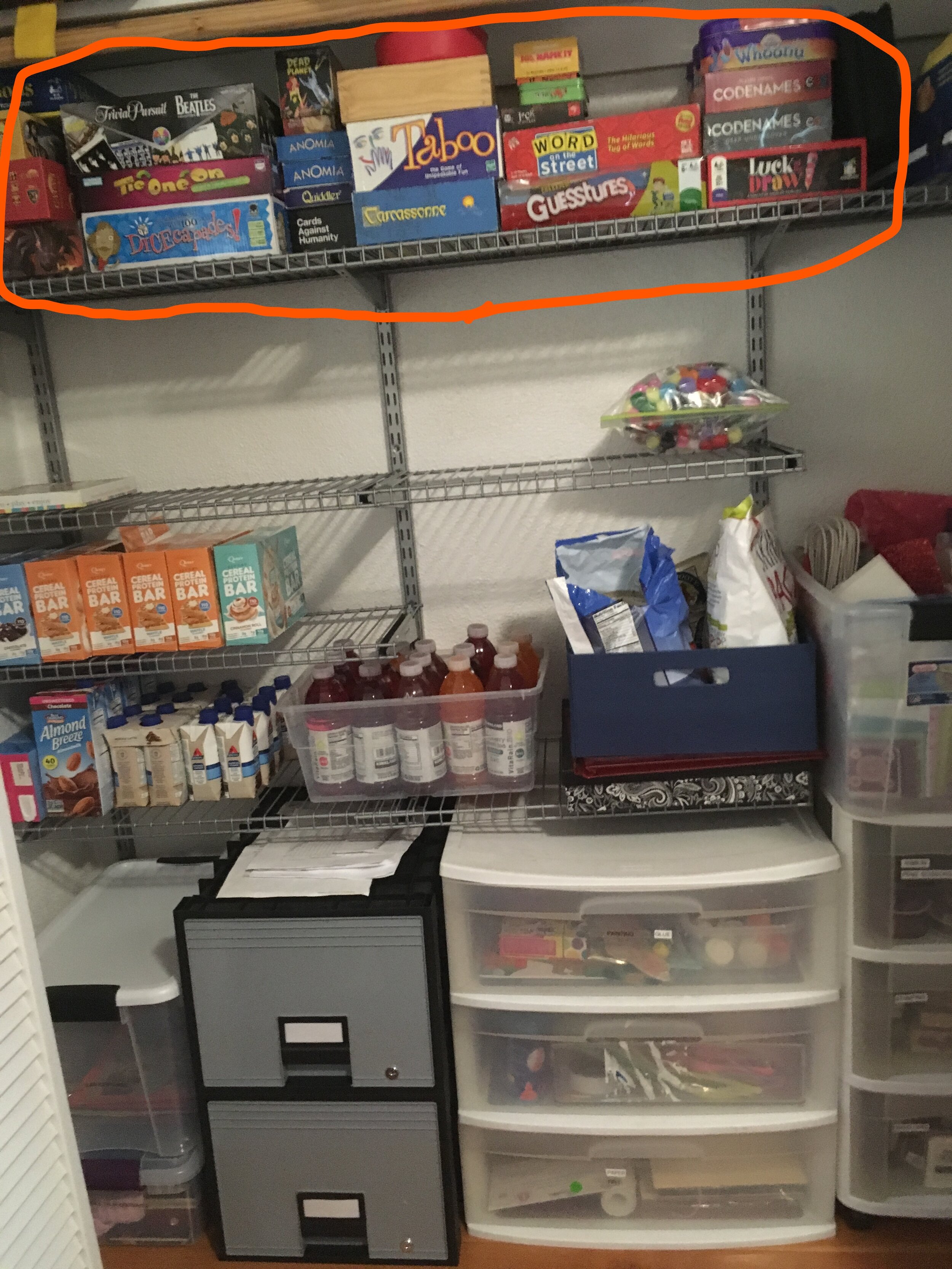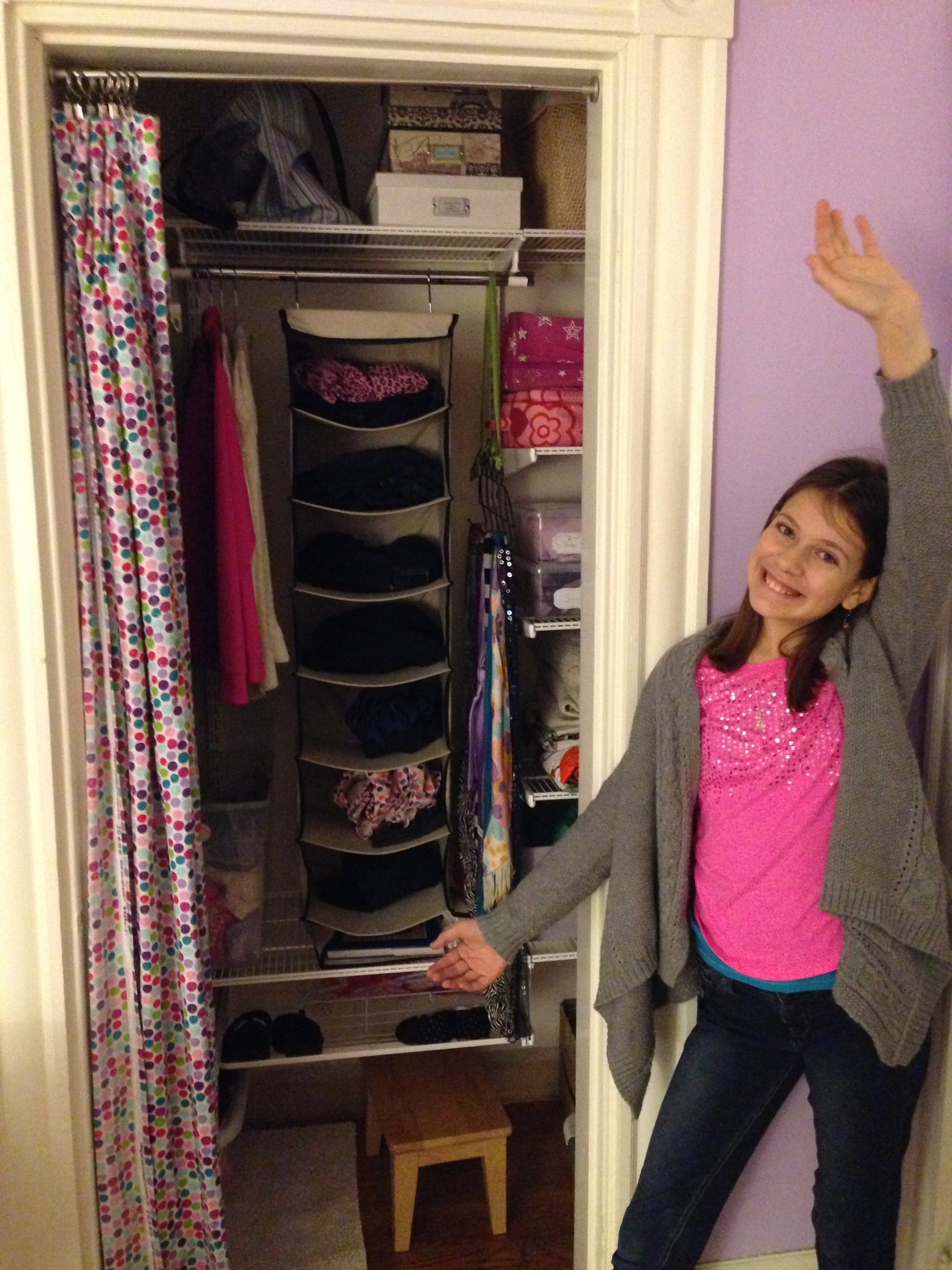Organizing the Family Room
/If you are fortunate enough to have a family room, you know that it can easily get overwhelmed with stuff. This room usually serves multiple purposes. Here’s how to take your family room from chaotic to calm:
Make a list of all the ways you use the room, and try to group activities into “zones.” You might have zones for watching TV, reading, building LEGOs, or playing games.
Once the zones are defined, only put those items that go with that zone. Media goes in the TV zone, books in the reading zone, and games in the game area.
Go zone by zone to figure out what belongs in the area. Grab a box and a trash bag, and start to pull out items that can be recycled and tossed. Set aside a bag or box for items to donate. Games your kids don’t play any more? Put in the donate pile. Old photo albums you’ve been meaning to add to, put in a box in a closet or other room. Piles of paper? Sort and recycle as much as you can.
You may want to define a zone within a the room by using different rugs and furniture. Comfy chairs and a bookshelf in the reading zone. A small table for the LEGO area.
How you use the family room will change over time. Get bins you really like (you’ll use them more) and that can be used to hold different items. Shelves and storage ottomans are always good options.
Label your bins, and even your shelves, so everyone in the family knows where things go.
Every six months you’ll probably need to do a de-clutter of the family room. Weed out things your family doesn’t use and donate, get rid of any trash, and see what is piling up. It should be much easier to maintain the space once you’ve set up the zones and have the organization systems in place.
Reading corner


























